- The Audi RS 3 sharpens its performance chops for 2025.
- Power still comes from a sweet turbocharged inline-five engine with 401 horsepower.
- We put this small sport sedan through its paces on road and track in Spain.
2025 Audi RS 3 First Drive: More Hairpins!
Audi's revamped RS 3 takes cornering to a new level
The 2025 Audi RS 3 is just a delightful little car. Pop into its compact cabin, grip its squircle of a steering wheel and fire up its uniquely snarling turbocharged five-cylinder engine. You won't need to go far in order to appreciate how everything feels light, controllable and small — oh so delightfully small.
So many modern performance cars require engineering miracles to overcome crushing weight or vast dimensions. Descriptions of "it drives smaller than it is" and "it defies the laws of physics" get thrown about to compensate. It's like seeing a sumo wrestler compete on American Ninja Warrior. Impressive — for what it is.
A sedan with the zoomies
The RS 3 isn't compensating for enlarged dimensions, an SUV body style or EV battery weight; it's a small sedan that feels like a small sedan. When you increase the pace, the RS 3 whips itself around corners with the exuberance and tenacity of a post-bath dog on thick-pile carpet. "More hairpins! More hairpins!" It might as well be barking.
OK, so actually it was me shouting that while slicing the 2025 RS 3 through the beautiful winding roads surrounding Montserrat, an awe-inspiring landmark outside Barcelona, Spain, that looks like someone replaced the faces on Mount Rushmore with the wind-smoothed peaks of Arches National Park. One stretch of road in particular delivered those hairpins in abundance, showcasing the new RS 3's sharper reflexes, eager rotation and resolute ability to go exactly where you want it to go.
The RS 3's improvements are not the result of new hardware. The 2.5-liter turbocharged inline-five still produces 401 horsepower and 369 lb-ft of torque. The transmission shifts a bit quicker but is ultimately the same seven-speed dual-clutch automatic as before.
Then there's the all-wheel-drive system, which still has its unique Torque Splitter rear differential with a clutch at each wheel that can individually engage. The result is called torque vectoring, or the tank-like ability to turn by moving the outside wheel faster than the inside one. On top of that, the RS 3 uses brake-based torque vectoring at each wheel, whereby the brakes are used to slow the inside wheels. Basically, you get double the torque-vectoring fun.
So what makes the 2025 RS 3 better than its predecessor? Audi's engineers improved the communication and synchronization between these two torque-vectoring systems, plus the stability control and adaptive dampers. The "further-developed algorithm," as Audi describes it, allows the driver to "accelerate the RS 3 sooner and steer it through the bend at higher speeds."
Little car on a little track
To achieve such high speeds, Audi let me loose on the Circuit Parcmotor Castellolí, a roller coaster of a little track tucked into a wooded valley. The RS 3's turbo inline-five felt a bit sleepy at first, but once I hit 4,000 rpm, a bomb went off under the hood. Speed built with exuberance from there, accompanied by a riot of angry noises unique to this bizarro engine.
Once again, though, it's the RS 3's cornering that was most impressive. I'd hit the easily modulated brakes, turn into the corner and the car would bite hard as the brake-based torque vectoring did its job eliminating understeer. I'd get back on the gas mid-corner, and both systems would get to work, eagerly rotating the back end around, encouraging more and more throttle usage with every lap. The steering was feelsome and not burdened with excessive weighting, making it easy to maintain the desired cornering angle through both squircle and throttle inputs.
Sadly, an outgoing RS 3 was not on hand in Spain to feel the new car's changes back to back. But for context, the 2025 RS 3 sliced a whopping 7 seconds off its predecessor's best lap time at the famous Nürburgring Nordschleife. Same driver, similar conditions. That's quite the algorithm.
Reinventing the squircle
Visual differences between old and new RS 3s are hard to notice; the front fascia remains an expanse of gloss-black plastic. There are even fewer painted bits now, the grille is a slightly edgier hexagon shape, the mesh pattern within is different and the LED running lights are reshaped. (The latter even features four driver-selectable design patterns.) The Audi logo has also been raised a bit and its contrast gray finish makes it look less like someone pried off your RS 3's chrome rings. Changes at the rear are even harder to spot (the taillights are a little tweaked), but you can't miss those hot new 19-inch cross-spoke wheels.
The interior's design is unchanged, but there are new dash trim options and a checkered-flag-like backlit pattern in the doors. The center console has been slightly reworked with a reshaped phone-holding storage bin and a flatter gloss-black shift toggle that looks and feels cheaper than the one it replaces. Its placement just seems like a waste of space.
The new squircle steering wheel design is the most obvious update, and it didn't earn any fans among the assembled journalists at the RS 3 drive event in Spain. Those, such as myself, who shuffle steer around tight corners were particularly aggrieved by the flat top and bottom. For a car that loves hairpins, this issue was exasperated. It seems like the shape was chosen to match the contour of the instrument cowl, which is just silly. On the other hand, the two red buttons under the spokes that select the RS 3's special Performance and Individual drive modes were universally appreciated.
I didn't get a chance to sample the RS 3's standard seats, as all of Audi's test cars featured optional sport buckets that won't be coming to the United States. The back seat remains tight, especially in terms of headroom. At 6 feet, 3 inches tall, I could just barely squeeze my legs behind my far-flung seating position, but it was headroom that was surprisingly the bigger issue, as I had to crane my neck in order to fit. There was no issue sitting up front with a helmet on, though. The trunk remains a tiny 8.3 cubic feet.
Sizing up the competition
Yes, the RS 3's interior is small, but that's the point. It's hard to complain about the ballooning size and weight of a BMW M3, for instance, then turn around and gripe about the rear seat of the RS 3. It's perfectly serviceable and I'd rather sit back there than in the back of a Mercedes-AMG CLA 45. The RS 3's four doors also make it more practical than the two-door BMW M2.
Pricing is not available at the time of this writing, but those two competitors cost a couple thousand dollars more than the RS 3 last year. The RS 3 is more desirable and more comfortable than the comparably powerful CLA 45, and Edmunds has called out the M2 as one of those performance cars that lost a step after growing bigger and heavier with its latest generation. That's not the case with the 2025 RS 3.
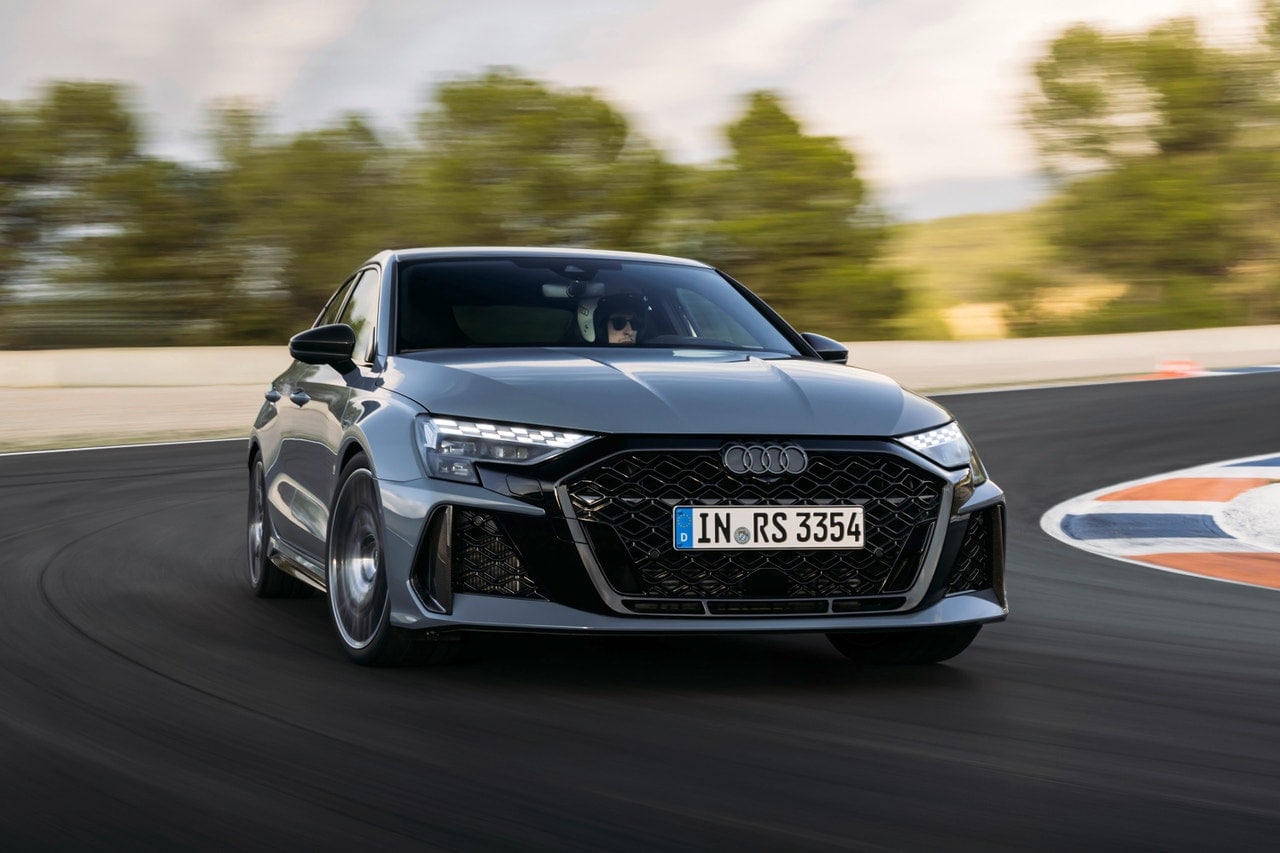
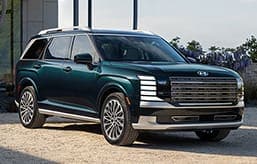
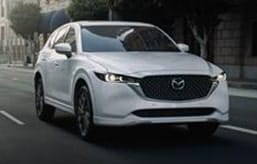
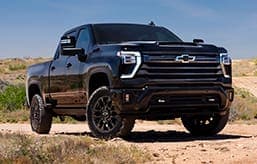
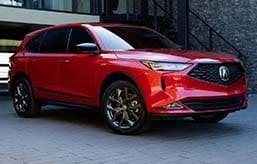
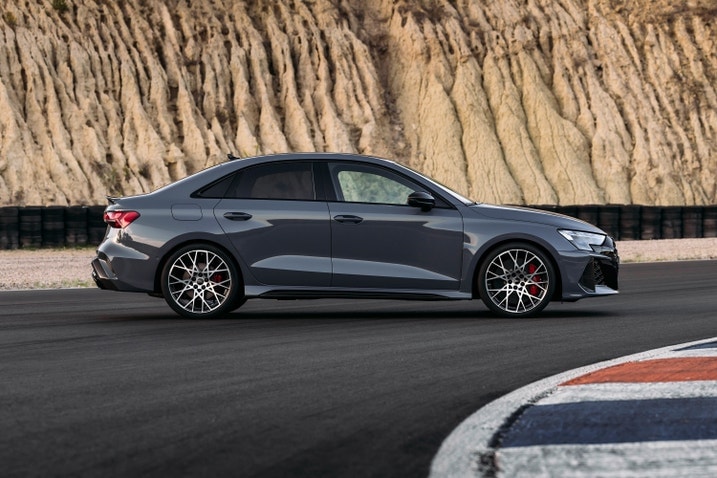

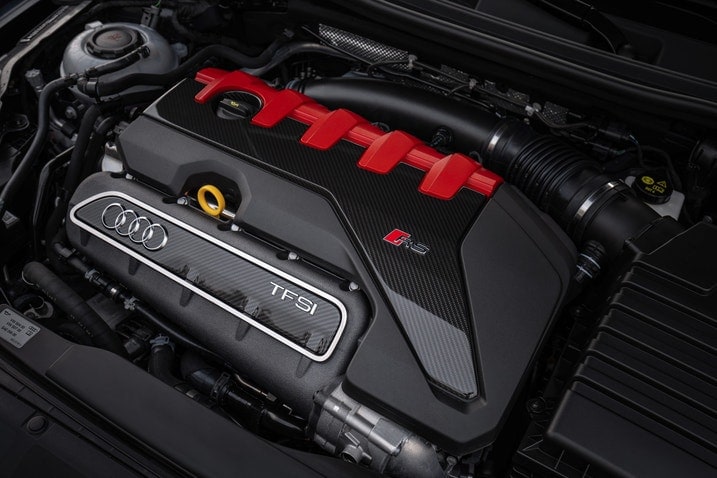


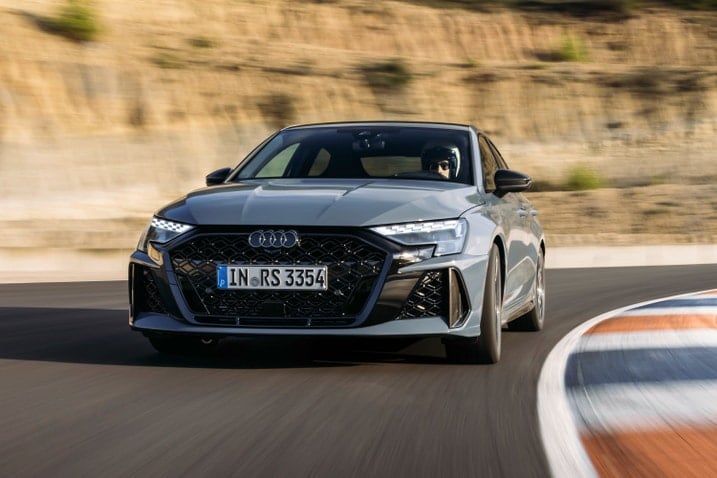
 by
by  edited by
edited by